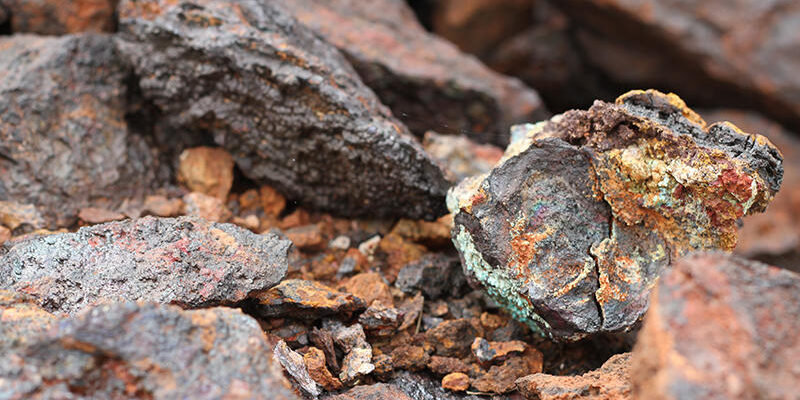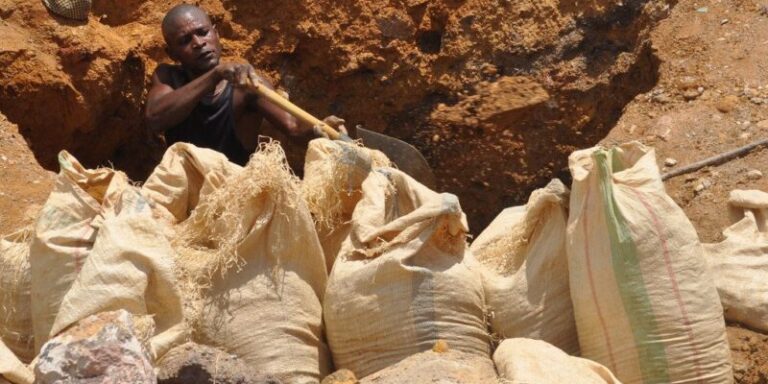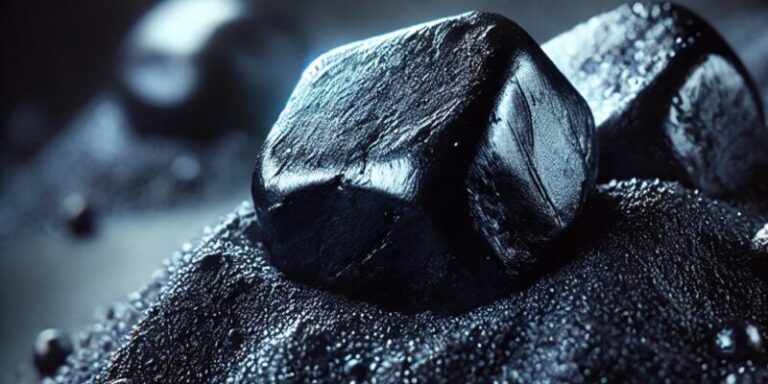
A South African metals processing company, Jubilee Metals Group, has announced that it has secured a copper slag project in a joint venture with a Southern African mining company.
This project, known as the Mufulira slag project, will be developed in partnership with Mopani Copper Mines in Zambia.
The project will involve processing around 13 million tonnes of historical slag, which is estimated to contain 0.7% copper and 0.27% cobalt, in addition to the current slag arisings.
Jubilee Metals Group has been exclusively appointed to design, implement, and operate the new processing facility, with the first right to fund the project’s implementation in collaboration with Mopani.
Mufulira is a town located in the Copperbelt region of Zambia, approximately 40 km from Kitwe, with a history of copper mining.
Mopani owns the Mufulira smelter, where copper concentrates are processed to produce copper anodes containing 99.6% copper.
Jubilee is known for its expertise in developing metal extraction solutions from waste materials and has already secured 300 million tonnes of copper and cobalt tailings in Zambia for upgrading and refining.
Their project portfolio spans South Africa and Zambia, covering a range of commodities, including platinum group metals (PGMs), chrome, copper, and cobalt.
In South Africa, Jubilee processes up to 44,000 ounces of PGMs annually and has expanded its chrome operations to counter the drop in PGM prices.
The Mufulira slag project expands Jubilee’s project portfolio by adding valuable metal content to their operations.
Jubilee’s CEO, Leon Coetzer, expressed his enthusiasm for the project and commended the transparency in the award process by Mopani.
The project aligns with Zambia’s goal to achieve an annual copper output of three million tonnes. Jubilee will implement the project in two phases, focusing initially on the quick-to-process slag material while simultaneously reviewing the more complex slags over the next six months.
In terms of environmental protection, the upgraded Mufulira smelter is equipped with two acid plants that convert up to 95% of the sulfur dioxide emissions into sulfuric acid.





